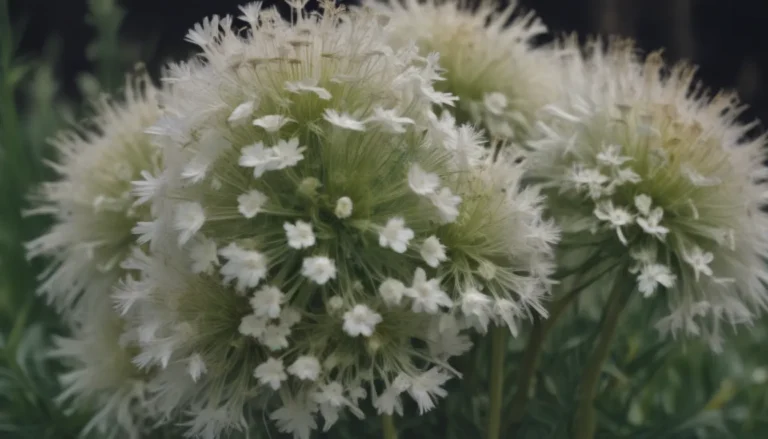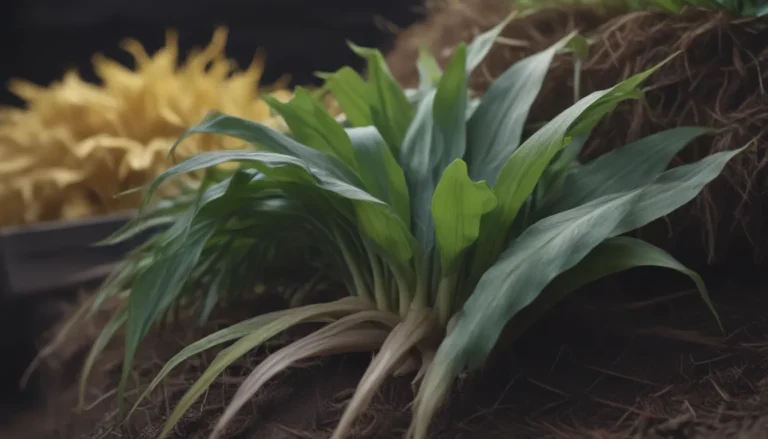The Ultimate Guide to Identifying and Removing Creeping Bellflower: A Gardener’s Nightmare

Are you a gardener who has had the unfortunate experience of battling creeping bellflower in your landscape? This invasive species, originally brought from Europe for its beautiful lavender-blue flowers, has proven to be a formidable opponent in the garden. With its aggressive spreading nature and deep root system, creeping bellflower can quickly take over your yard if left unchecked. In this comprehensive guide, we will explore how to identify creeping bellflower, the best methods for removing it from your garden, and tips for managing its spread. Let’s dive in and learn how to tackle this tenacious plant!
Creeping Bellflower: The Invasive Species Taking Over Your Garden
Creeping bellflower, known for its bell-shaped nodding purple flowers on tall stems, is a highly invasive species that can quickly overtake your landscape. Originally introduced to North America by European settlers, this plant thrives in various environments, from fields and woodlands to urban wastelands. With its rapid growth and ability to produce thousands of seeds that easily spread through insects and breezes, creeping bellflower poses a significant threat to native plant species.
How to Identify Creeping Bellflower
Identifying creeping bellflower in your garden is essential to effectively remove it. Here are some key characteristics to look out for:
- Smooth to slightly hairy stems and rough, serrate leaves
- Heart-shaped leaves at the base of the plant that become narrower and lance-like as they move upwards
- Drooping, bell-shaped purple flowers that grow on one side of the stem
- Resemblance to native Campanula species and violets
To positively identify creeping bellflower, wait for the plant to flower and observe its unique characteristics. It’s crucial to differentiate it from similar native plants to avoid accidental removal of beneficial species.
Effective Strategies for Removing Creeping Bellflower
Removing creeping bellflower from your garden requires patience and persistence. While it may take time and effort, implementing the right techniques can help you regain control of your landscape. Here are some methods to consider when tackling this invasive plant:
1. Hand Pulling, Mowing, and Deadheading
While hand pulling, mowing, and deadheading won’t eradicate creeping bellflower entirely, they can help prevent reseeding and control its spread. Regular maintenance is essential to managing the plant and minimizing its impact on your garden.
2. Digging Out the Roots
One of the most effective methods for removing creeping bellflower is digging out its roots. This task requires diligence and thoroughness to ensure complete eradication. Here’s how to do it:
- Dig at least 6 to 9 inches into the soil around the plant
- Carefully remove all root sections, ensuring no pieces are left behind
- Dispose of all plant parts in sealed general waste bags to prevent regrowth
- Wash off and separate roots entangled with other plants to avoid spreading
3. Smothering Methods
Another approach to removing creeping bellflower is using smothering methods to deprive the plant of light. Covering the plant with newspapers, cardboard, or plastic can help suppress its growth, especially in small patches. However, be aware that this method may not be foolproof, as dormant roots could lead to new growth.
4. Chemical Removal
Chemically removing creeping bellflower should be a last resort due to potential risks to the environment and other plants. If manual removal is not feasible, consider using herbicides containing glyphosate for effective control. Here are some tips for chemical removal:
- Apply herbicides in late spring or early fall when temperatures are optimal
- Avoid rain forecast for a few days after treatment
- Consider multiple reapplications for better results
While chemical removal can be effective, it’s essential to prioritize environmental safety and follow label instructions carefully.
5. Preventative Measures and Management
To prevent the spread of creeping bellflower in your garden, consider implementing the following measures:
- Regularly monitor and remove any new growth
- Avoid composting plant parts to prevent regrowth
- Maintain healthy soil conditions to discourage invasive species
By staying vigilant and proactive in managing creeping bellflower, you can minimize its impact on your garden and protect native plant species.
Conclusion
In conclusion, identifying and removing creeping bellflower from your garden requires a combination of strategies and dedication. By understanding the plant’s characteristics, implementing effective removal methods, and practicing preventative measures, you can successfully combat this invasive species. Remember, patience is key, as eradicating creeping bellflower may take time and effort. With persistence and careful attention to detail, you can reclaim your garden from this formidable opponent. Happy gardening!





